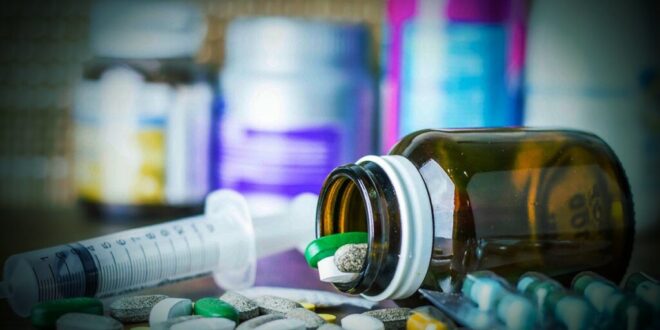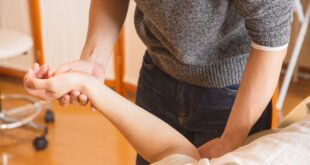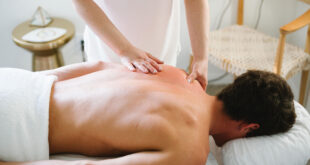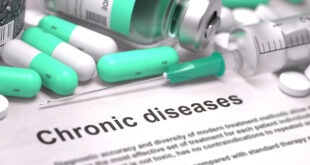Everyone knows the importance of properly disposing of medical waste, but do you really know how to do it at home? From needles and sharps to medication bottles, this blog will provide practical tips for safely and responsibly dealing with these hazardous materials. Get ready to become an expert on the topic!
Medical waste is often defined as any kind of waste material from a medical procedure or process, including potentially infectious materials and other hazardous substances. It can include items such as sharps (needles and syringes), bloody dressings, swabs, and bodily excretions. These items should always be handled with care and disposed of properly to prevent risk of exposure or contamination. This guide provides practical advice on how to handle medical waste properly at home in order to keep your family safe and maintain an effective level of cleanliness.
How to Identify Medical Waste?
Identifying it can be difficult because it comes in many forms. All medical waste should be assumed to be contaminated with hazardous materials until it has been assessed. It is important to note what type of healthcare activity generated the item in question to help determine if it is a hazardous material or a non-hazardous material.
To identify medical waste at home:
- Look for any item that may have come into contact with blood or other bodily fluids; this includes single-use items like syringes and gloves as well as instruments that have been used for medical procedures such as scalpel blades and forceps.
- Identify any substance that could potentially harm humans or the environment when it enters wastewater systems; this includes pharmaceuticals, cytotoxic drugs, laboratory chemicals, radioactive substances and other chemical agents marked with the universal biohazard symbol.
- Check for any items that may have been expired or previously recalled by the manufacturer; expired drugs should not be used on humans due to their potential harmfulness when administered after their expiration date.
- Any sharps should be disposed of separately in a designated sharp disposal container according to local regulations – this will help prevent injuries caused by accidental needlesticks in your home or office environment.
What are the Disposal Options for Medical Waste?
At home, it is important to understand the proper medical waste disposal, which includes waste generated from medical treatments and procedures. Proper disposal is necessary to help prevent contamination of the environment and spread of disease. To safely dispose of it, you must determine which type it is – infectious, pharmaceutical or sharps – and choose a method that meets local regulations.
Infectious Waste Disposal
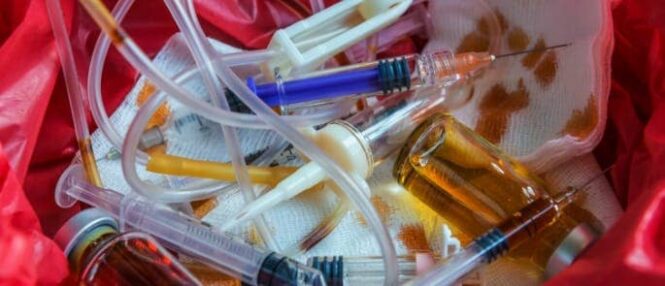
Infectious waste includes any human body fluids or tissue contaminated with viable microorganisms. Examples include bandages and dressings that were used to cover open wounds, soiled gauzes and other materials used in treating patients with infectious diseases such as HIV or hepatitis B/C. These must be disposed of in a designated infectious container marked with an orange bag that corresponds to an approved facility where the materials will be incinerated for final disposition.
Pharmaceutical Waste Disposal
Pharmaceutical wastes are drugs, chemicals, toxics or radioactive materials used for therapeutic purposes in humans or animals which have been exposed to communicable diseases. These substances include over-the-counter drugs as well as prescription medications such as antibiotics, chemotherapy agents and other toxic substances used in the treatment of illness or injury. It must be disposed of according to specific local regulations regarding the collection, labeling and transport prior to ultimate incineration at an approved facility.
Sharps Waste Disposal
Sharps waste refers to needles and other objects used in medical treatments that can cause a puncture or cut when not handled properly: syringes (with or without a needle attached); scalpel blades; lancets; needles; broken glassware broken capillary tubes etc., This type of waste poses a risk due to potential contact with bloodborne pathogens like HIV/AIDS and hepatitis B/C so these should not be recycled nor should they be disposed into regular household trash bins due to possible health risks posed by strangers coming into contact with them. Sharps disposal should be done using special “sharps” containers specifically designed for this purpose then taken directly to an authorized collector such as a pharmacy for final disposal at approved facilities.
What are the Best Practices for Home Medical Waste Disposal?
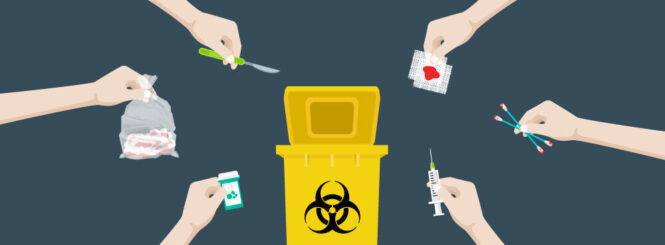
Safe and effective disposal of it is an important part of maintaining a healthy home. It should always be handled with care, as it may contain materials that are hazardous and even infectious.
Following the right procedures for it is necessary to ensure the safety of everyone in your home. To begin with, you should be aware of what types of materials constitute medical waste and how to properly segregate them for disposal. Here are some best practices for disposing it at home:
- Store medical waste safely before disposal: All materials that might constitute medical waste, both hazardous and nonhazardous, should be stored in a secure container away from the reach of children or animals. It’s especially important never to store hazardous materials (such as needles or syringes) in regular household trash bags, where it can easily cause injury or harm.
- Separate and identify medical waste for disposal: If your home has multiple bins or bags for collecting regular household trash, also have one bin dedicated solely to collecting any items that could constitute as health-related materials such as sharps, bandages saturated with body fluids, soiled absorbent material (e.g., diaper pads), cultures or cellular specimens contaminated with potentially infectious pathogens (e.g., biologicals). Label each bag/bin properly when you’re done so that future searchers know where to find it if necessary.
- Dispose of medical waste correctly: Most healthcare organizations provide detailed instructions about how to dispose of their personal items such as syringes and dressings properly disposed of depending on their requirements and the regulations surrounding it – these must be followed accordingly when at all possible! Additionally, check if there are local government services offering special collection services specifically dealing with hazardous bio-medical materials unless otherwise directed by a health care professional – in these cases specialist packaging can often be ordered online before they can be collected by professionals following protocols specified by them directly without ever having any contact yourself with any potential infected material throughout its entirety!
Conclusion
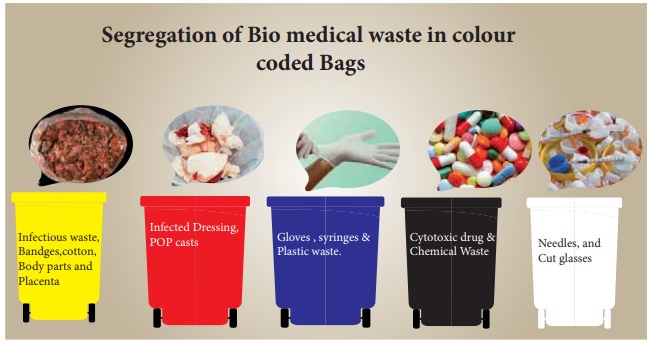
When handling medical waste at home, it is important to follow the correct disposal procedures and use the best possible protection. Disposing of it properly helps to reduce the potential for exposure to harmful agents by ensuring that materials are isolated from contact with other people. It also minimizes environmental hazards by preventing substances from contaminating water and soil, as well as limiting exposure of animals and other wildlife.
In order to properly dispose of medical waste at home, it is important to follow all local regulations regarding its collection and disposal. In many areas, such material can be safely disposed of in sealed biohazard bags which are then collected for proper incineration treatment by a licensed facility. Whenever possible, consult your doctor or healthcare provider for advice on how to handle and dispose of medical waste safely.
 Imagup General Magazine 2024
Imagup General Magazine 2024
